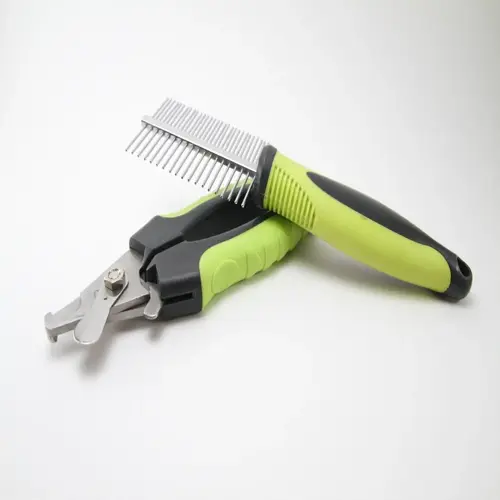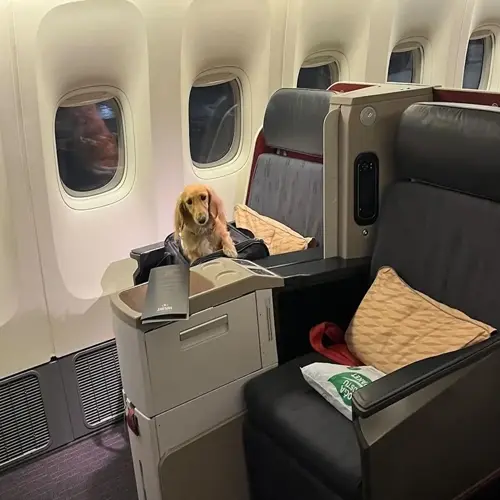What constitutes a complete home safety setup?

Written by
Kailani Okoro
Reviewed by
Prof. Henry Webster, Ph.D.Creating a full safety setup at home requires a systematic handling of all imaginable dangers in your pet's environment. This is more than simple baby-proofing, but taking into consideration how your pet's own behavior (and weaknesses) may need special consideration, depending on what breed or kind of animal you have. After my curious parrot had an accident, I rearranged my home, learning that thorough safety measures can save emergencies from happening.
Containment Solutions
- Escape-proof fencing under 4 inches (10 cm) gap spacing
- Balcony safety nets with reinforced edges
- Window screens with pet-grade mesh material
- Pressure-mounted gates for restricted areas
Toxic Substance Management
- ASPCA-approved toxic plant identification guide
- Locked cabinets for cleaning chemicals and medications
- Non-toxic pest control alternatives
- Essential oil diffuser avoidance in pet areas
Physical Hazard Prevention
- Furniture anchoring systems with wall straps
- Cord protectors for electrical wires
- Non-slip surfaces on stairs and floors
- Rounded corner covers on sharp edges
Environmental enrichment consists of stimulation vs. security. Provide puzzle feeders that do not have portions that can 'detach' and get swallowed. Provide climbing trees that have stable bases. Provide digging boxes with safe substrates in them. Rotate toys every week to prevent boredom. Ensure that the toys will all pass choke tests. My dog's favorite puzzle toys (the first one was the large plastic barrel with side openings) were recalled for safety issues that I did not know of when I purchased them.
Pack emergency kits with a three-day supply of food, medications, vaccination documentation, and first-aid supplies for emergencies. Include species-specific items, such as muzzles for dogs, calming pheromones for cats, and heat packs for reptiles. Prepare kits for easy access and conduct evacuation drills quarterly. Your preparation saves crucial minutes during an actual emergency.
Conduct monthly safety audits to verify containment integrity, temperature consistency, and identify potential hazards. Recommended use of digital thermometers in Fahrenheit and Celsius. Record findings in the maintenance log. This proactive procedure produces a viable model of a safety system's dynamics that adapts to your pet's changing needs throughout their life.
Read the full article: Essential Pet Ownership Responsibilities Guide

